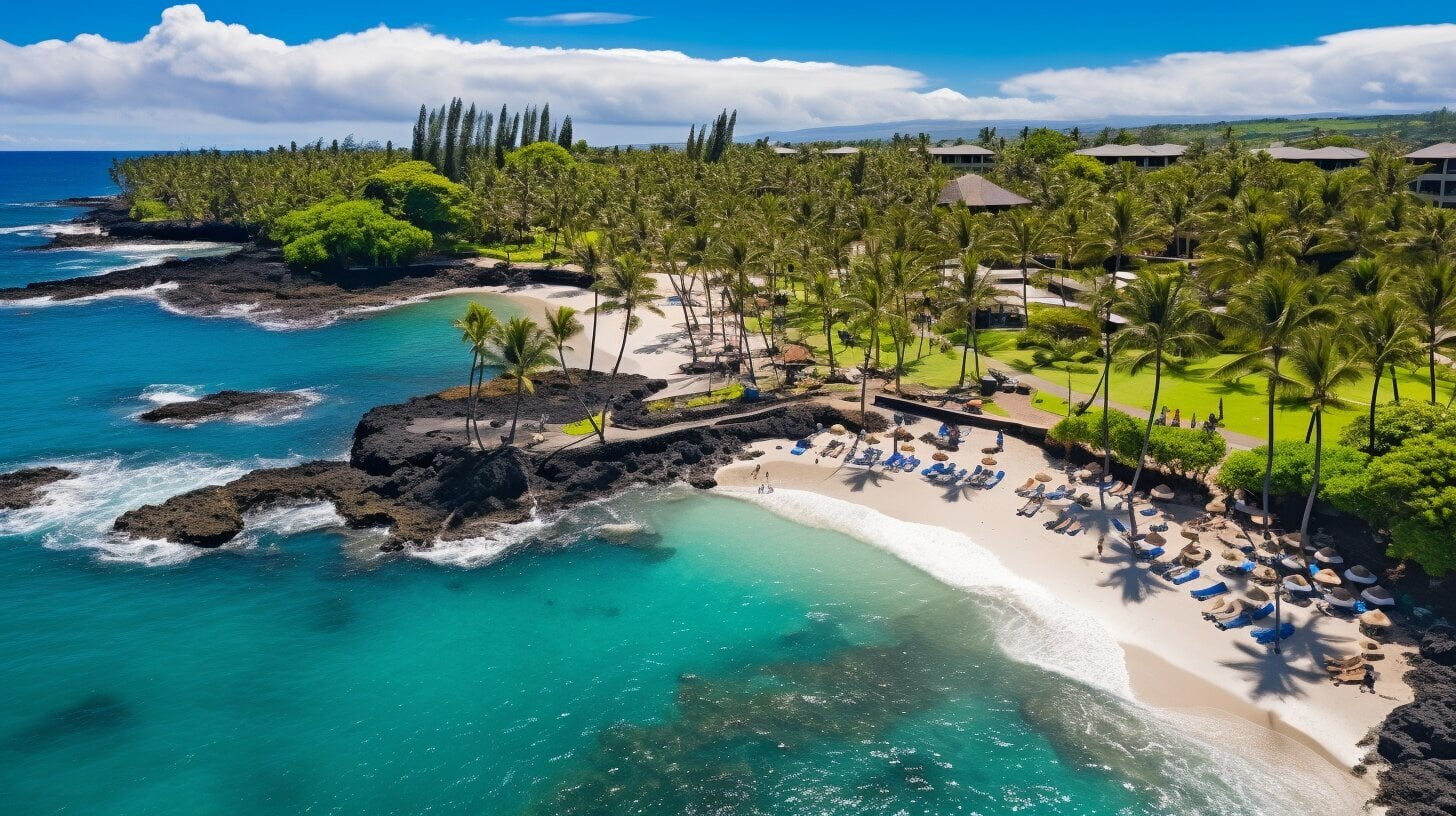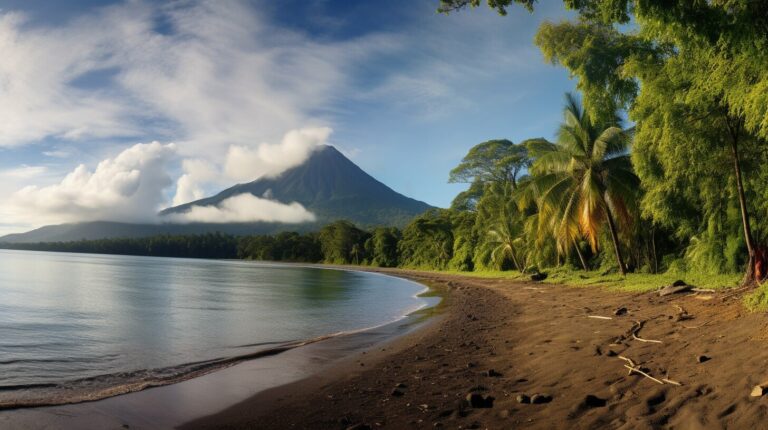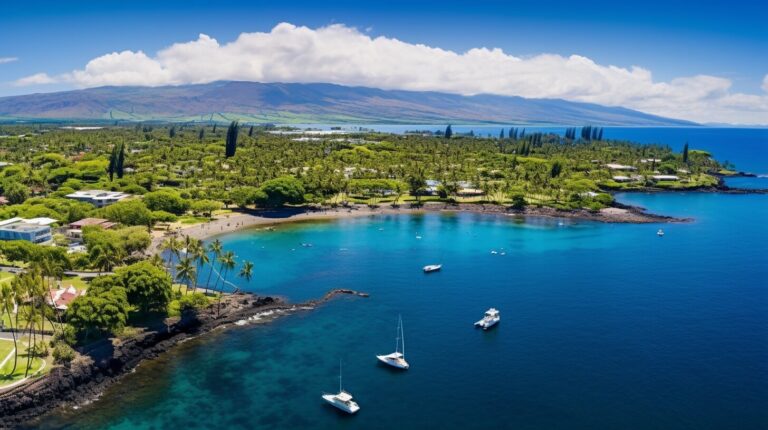Explore the Big Island Safely and Responsibly 🌺
Planning a trip to the Big Island? While you may be excited to explore all that this beautiful destination has to offer, it is crucial to prioritize your health and safety during your stay. From following guidelines and regulations to taking proper precautions while engaging in outdoor activities, there are several steps you can take to ensure a secure and worry-free vacation.
In this guide to Big Island health and safety, we’ll explore everything you need to know to stay safe and healthy while enjoying all that this tropical paradise has to offer.
Key Takeaways:
- Prioritizing health and safety is crucial when taking a vacation on the Big Island.
- Following guidelines and regulations, taking proper precautions, and utilizing available resources can help ensure a secure and worry-free stay.
Understanding Big Island Safety Guidelines
As a visitor to the Big Island, it is crucial to familiarize yourself with the safety guidelines and protocols in place to protect yourself and others. Hawaii has taken its responsibility of controlling the spread of COVID-19 very seriously and has implemented strict measures to ensure the safety of both residents and visitors.
One of the most important safety measures is the requirement to wear a mask in public areas. Masks must be worn by all individuals over the age of five when in indoor public spaces or outdoor spaces where social distancing is impossible. Failure to comply with this regulation may result in a fine.
Social distancing is also strongly encouraged, with a minimum distance of six feet between individuals. This applies to all public areas, including restaurants, beaches, and parks.
The state of Hawaii has implemented strict travel restrictions to help control the spread of the virus, including mandatory COVID-19 testing prior to arrival. Visitors must test negative within 72 hours of their flight and register with the state’s Safe Travels program before departure.
It is important to note that these guidelines are subject to change at any time, and visitors should stay informed and up-to-date on the latest regulations. Resources such as the Hawaii Department of Health and the Big Island Visitors Bureau can provide the latest information on health and safety measures on the Big Island.
Overall, following these guidelines and regulations is crucial in maintaining the health and safety of everyone on the island. By working together, we can ensure a safe and enjoyable vacation experience for all.

Essential Health and Safety Tips for Big Island Visitors
While exploring the beauty of the Big Island, it is important to prioritize your health and safety. Here are some essential tips to help you stay safe during your stay:
- Stay hydrated: The warm and humid climate of the island can quickly lead to dehydration. Be sure to drink plenty of water throughout the day and carry a refillable water bottle with you.
- Protect against sunburn: Sunburn can be a real concern on the Big Island due to the intense tropical sun. Use sunscreen with a high SPF and reapply frequently, wear UV-protective clothing, and seek shade during peak hours.
- Stay safe during outdoor activities: The island’s natural attractions are a big draw, but they can pose risks. Be cautious when hiking, swimming, or engaging in any water sports. Check the weather forecast before heading out and always follow posted signs and warnings.
- Observe COVID-19 guidelines: The pandemic is ongoing, and it is important to follow safety guidelines to keep yourself and others healthy. Wear a mask, practice social distancing, and wash your hands frequently.
By following these tips, you can help promote a safe and healthy environment for yourself and others during your Big Island adventure.

Big Island Health and Safety Resources
When it comes to prioritizing your health and safety on the Big Island, it’s important to be aware of the resources available to you as a visitor. Here are a few key resources to keep in mind:
| Resource | Contact Information |
|---|---|
| Emergency Services | Dial 911 |
| Hilo Medical Center | (808) 932-3000 |
| Kona Community Hospital | (808) 322-9311 |
In addition to these emergency services and medical facilities, it’s also a good idea to familiarize yourself with the location of the nearest pharmacy, especially if you have any medications that you need to refill during your stay.
Furthermore, if you have any specific health concerns or requirements, it’s a good idea to reach out to your hotel or lodging provider ahead of time to see if they can accommodate your needs.

By being aware of the various resources available, you can feel confident in prioritizing your health and safety during your stay on the Big Island.
Understanding Big Island Health and Safety Regulations
If you’re planning a trip to the Big Island, it’s important to understand the health and safety regulations that are in place to ensure a secure and enjoyable stay. From food and water safety to beach and park regulations, following these guidelines will help keep you and others safe.
Food and Water Safety
The Big Island has strict regulations in place for food and water safety. When dining out, make sure to choose restaurants that have high ratings and comply with local health codes. Avoid eating raw or undercooked foods, and always wash your hands before eating or handling food. When it comes to drinking water, stick to bottled water or filtered water from trusted sources.
Beach and Park Safety
The Big Island is home to beautiful beaches and parks, but it’s important to follow the rules and guidelines to ensure everyone’s safety. Be aware of any warning signs or flags, and follow the lifeguards’ instructions. Avoid swimming alone or in areas with strong currents. When hiking, stay on designated trails and bring plenty of water and sunscreen.
Natural Attractions
The Big Island is home to many natural attractions, including volcanoes, waterfalls, and scenic drives. It’s important to follow all regulations and guidelines when exploring these areas. Stay on designated paths and avoid climbing on rocks or structures. Use caution when approaching wildlife, and never feed or touch animals.
By following these regulations and guidelines, you can help ensure a safe and enjoyable trip to the Big Island. Remember to prioritize your health and safety, and don’t hesitate to seek out resources or assistance if needed.

Conclusion
As you plan your vacation on the Big Island, it is important to prioritize your health and safety. By following the guidelines and regulations set in place, you can ensure a secure and worry-free stay. Remember to wear a mask, practice social distancing, and wash your hands regularly to prevent the spread of COVID-19.
Additionally, staying hydrated, protecting your skin from the sun, and being cautious while engaging in outdoor activities can help keep you safe and healthy. It is also important to familiarize yourself with the local healthcare facilities and emergency services in case of an emergency.
By taking these measures and utilizing the resources available, you can enjoy all the natural wonders and attractions the Big Island has to offer without compromising your health and safety. So, pack your bags, and enjoy your trip to the Big Island!







